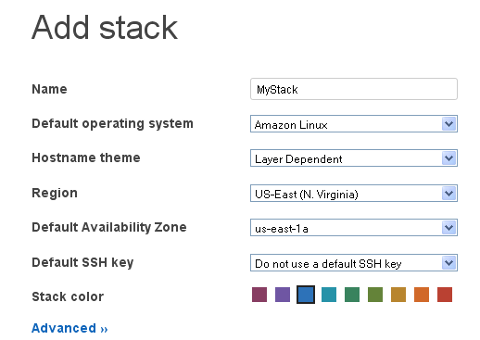Is AWS Too Opaque for Its Clients’ Good?
Every day, we rely on cloud services for everything from shopping and movies to email and work apps. In turn, many of the companies providing those services depend on Amazon Web Services (AWS) for their backend-infrastructure needs. While other companies have been making plays in the Infrastructure-as-a-Service (IaaS) arena, Amazon was one of the first on the scene, and definitely the company to beat with regard to market presence. Despite its prominence, however, AWS remains somewhat opaque to its own clients. Will Amazon continue its habit of lowering AWS prices on a fairly regular basis? Is the service stable enough, from a financial perspective, for clients to place their faith in it for years to come? Those are questions pondered—in a somewhat indirect way—by Gartner analyst Chris Gaun, who spent a Jan. 30 blog post tracing out the growth of Amazon’s revenue from its AWS operations. There’s just one little problem: Amazon’s cloud-related earnings and revenue are tucked away in an “other” category, making it difficult to determine how AWS affects the bottom line. “One possible indicator for the relative growth of Amazon’s cloud business is the overall amount of money that is being spent on products, in the form of capital expenses,” he wrote. “Indeed, as the chart above shows, Amazon’s capital expenditures have increased substantially over past few years.” But Amazon also blends in its data from “consumer fulfillment centers” into the mix, making it difficult to parse the cloud-related investments. Fortunately, Amazon has offered a handful of other growth indicators, including the launch of more AWS regions and features. “So AWS is clearly growing–the question now is, ‘by how much?’” he added. “To that point, groups purchasing the service have little information. The company’s financials are not immaterial for mission critical application deployments and other reasons.” A high burn rate, Gaun concluded, may eventually translate into higher prices down the road—whereas if AWS is profitable, then the companies that rely on it may very well have nothing to worry about in coming years. In the meantime, AWS shows precious few signs of slowing down, at least from a features perspective. It’s rolled out a number of new instance families over the past few months, along with new features such as its Redshift petabyte-scale data warehouse service and a revamped AWS Data Pipeline. Occasional downtime aside, AWS doesn’t seem like it’s going anywhere for some time. Image: zhu difeng/Shutterstock.com

